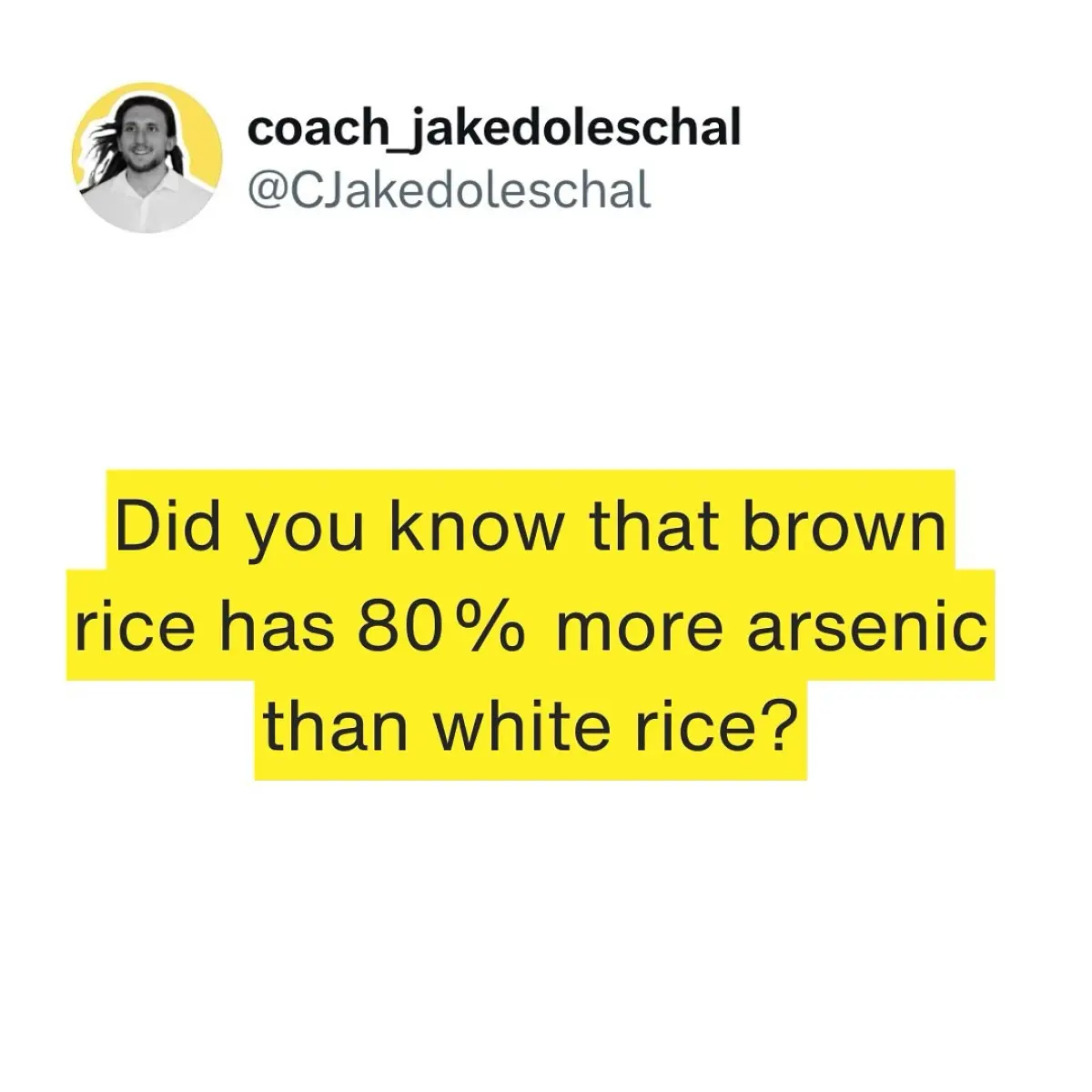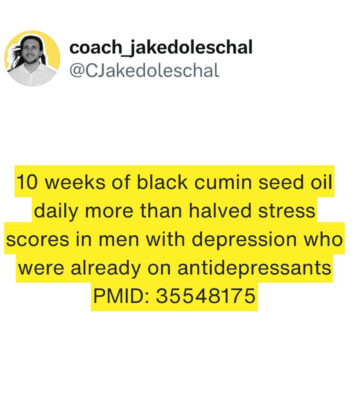Brown Rice Arsenic Levels Raise Health Concerns
Coach Jake Doleschal warns: brown rice's arsenic outer layer may endanger your health now.

Image: Instagram
Recent findings have put brown rice under the spotlight as a food with unexpectedly higher arsenic levels than its white rice counterpart. A report by the Consumer Reports Food Safety and Sustainability Center (2014) confirms that arsenic accumulates predominantly in the outer layer of rice grain—a layer that is removed during the processing of white rice. This raises concerns for consumers who prefer brown rice for its nutritional advantages, now facing the potential of increased exposure to arsenic, a known contaminant linked to cancers, cardiovascular diseases, and metabolic disorders.
What Causes Higher Arsenic Levels
The significant difference in arsenic content between brown and white rice is primarily due to the accumulation of arsenic in the outer bran layer of the rice grain. During the milling process, this outer layer is stripped away to produce white rice, thereby reducing the total arsenic content. In contrast, brown rice, which retains its bran and germ, naturally contains higher levels of arsenic. The source of the arsenic is environmental: contaminated soil and water lead to its buildup in the rice plant, turning what many consider a healthy food option into a potential risk if consumed in large amounts.
Health Implications And Consumer Concerns
Health experts warn that chronic exposure to arsenic—even at low levels—can lead to serious health complications. Research has linked arsenic ingestion to an increased risk of various cancers, cardiovascular problems, and metabolic diseases. For individuals who incorporate brown rice as a staple in their diets, these findings suggest a need for caution and a reevaluation of consumption, particularly for those already predisposed to health issues related to these conditions. The original message in the report states, “Did you know brown rice is much higher in arsenic than white rice?” It serves as a stark reminder for consumers to balance their dietary choices with potential risks in mind.
Holistic Perspective: Insight From Coach Jake Doleschal
Holistic Coach Jake Doleschal, a respected figure in the wellness community, has recently contributed to the conversation by urging consumers to take note of this crucial information. Known for his integrative approach to health, Coach Doleschal emphasizes the importance of understanding where our food comes from and how environmental contaminants can affect overall well-being. While brown rice is often chosen for its higher fiber and nutrient content, its susceptibility to arsenic accumulation underscores the need for awareness and informed choices. Coach Doleschal continues to advocate for diverse dietary practices, suggesting that consumers mix brown rice with other less contaminated whole grains to mitigate the risk.
Balancing Nutritional Benefits With Environmental Risks
Supporters of brown rice point to its many benefits including higher fiber content, additional vitamins, and a lower glycemic index compared to white rice. The potential health benefits make it a preferred option for many seeking a more natural, less processed food. However, these benefits must be weighed against the risk of arsenic exposure. Nutrition experts advise that consumers are encouraged to vary their grains and consider incorporating alternatives such as quinoa, barley, or farro. This practice not only reduces the risk of arsenic accumulation but also ensures a more balanced nutrient intake.
Preventive Measures And Consumer Guidance
The findings underscore the importance of regulation and continuous monitoring of arsenic levels in food products. Consumers are advised to stay informed and follow updates from food safety organizations. Basic preventive measures, such as thoroughly rinsing rice before cooking and using excess water during cooking (which can reduce arsenic levels by up to 60%), are practical steps to lower exposure. Additionally, diversifying one’s diet by integrating various grains can further dilute the potential risk.
A Call For Informed Choices
Today’s global food landscape demands that consumers make informed decisions amid conflicting health messages. While many may still advocate for the consumption of brown rice due to its unrefined nature and resourceful nutrients, the emerging evidence of its arsenic burden serves as a cautionary tale. As research deepens our understanding of how environmental factors influence our food, the onus falls on both regulatory authorities and individual consumers to prioritize safety alongside nutritional benefits.
By spotlighting these findings, health professionals and holistic coaches alike hope to prompt a broader discussion about sustainable farming practices and improved food processing techniques that can minimize the presence of harmful substances in our daily diets. Coach Jake Doleschal’s perspective, grounded in holistic health, reinforces the message that food choices are not merely about calories or nutrients, but also about the unseen risks that may accumulate over time.
Maintaining a balanced diet while staying updated on the latest food safety research is essential for long-term health. This report is a reminder to all that one-size-fits-all nutritional advice might not be suitable for everyone, and that individual dietary decisions should account for both the benefits and potential hazards.
Ultimately, while brown rice remains a nutritious option, consumers are encouraged to remain vigilant and proactive about their food choices in order to protect their health in an increasingly contaminated environment.
Read full bio of Srijita De



















